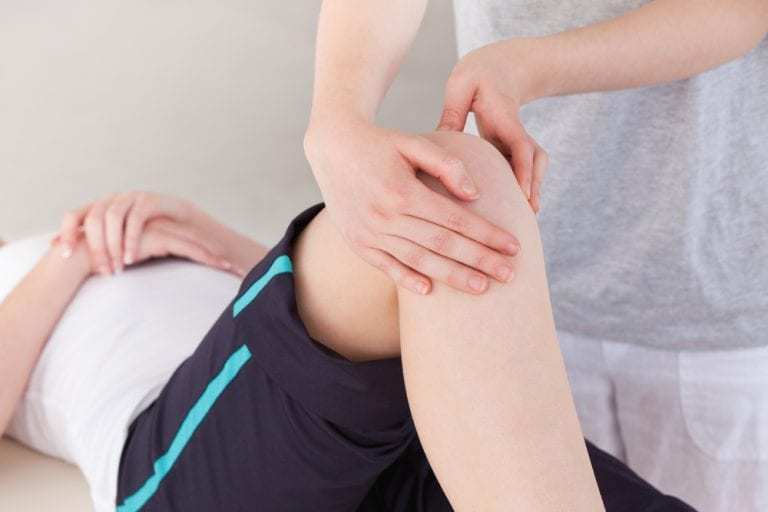What do headaches, back pain, carpal tunnel syndrome, shin splints, plantar fasciitis, and tennis elbow all have in common? All of these conditions are the result of one thing: overused muscles. Muscle overuse conditions like these can be incredibly frustrating, causing chronic pain and limiting your range of motion. Luckily, these conditions can all be treated quickly and permanently with the Active Release Techniques, or ART. Intrigued? Let’s explore Active Release Techniques 101.

Active Release Technique 101
What Is ART?
The Active Release Techniques, or ART, is a patented, state-of-the-art massage and movement technique that focuses on the soft tissue system. The technique treats a variety of problems with muscles, ligaments, fascia, nerves, and tendons that all stem from overuse.
How Did ART Originate?
ART was originally developed by Dr. P. Michael Leahy in 1984. The technique emerged when Dr. Leahy noticed changes in his patients’ soft tissue – changes that seemed directly tied to their symptoms. He then observed how different muscles responded to different types of massage. Today, the ART system has helped more than 90 percent of patients resolve their muscle overuse issues.
Who Should Consider ART?
The most important lesson in Active Release Techniques 101? ART can work for anyone. Individuals dealing with muscle overuse conditions are great candidates for ART. Overuse conditions can occur in a variety of ways. From pulls and tears to micro-trauma that develops over time, anyone can struggle with muscle overuse, although the condition is most prevalent in athletes and other highly active individuals.
Ultimately, any kind of muscle overuse can cause your body to produce scar tissue that can become tough and dense. That tight, weak scar tissue then binds tissues that need to move freely for your comfort and mobility. Consequently, as the tissue continues to build, you won’t just feel uncomfortable – your muscles can also become weaker and shorter, developing other complications like tendonitis and trapped nerves. Over time, you might experience inflammation, pain, and dysfunction.
If any of these symptoms sound familiar, you may be a good candidate for the Active Release Technique. ART has been used to treat all of the following conditions:
- Achilles tendinitis
- Ankle injuries
- Back pain
- De Quervain’s tenosynovitis
- Foot pain
- Frozen shoulder (adhesive capsulitis)
- Golfer’s elbow
- Hand injuries
- Headaches
- Hip pain
- Iliotibial band syndrome (IT band syndrome)
- Knee pain
- Leg injuries
- Neck pain
- Plantar fasciitis
- Repetitive strain injuries (cumulative trauma disorders)
- Rotator cuff syndrome
- Running injuries
- Shin splints
- Shoulder pain
- Tendonitis
- Tennis elbow
- Throwing injuries
- Temporomandibular joint disease (TMJ)
- Whiplash
- Wrist injuries
What Should I Expect During an ART Treatment?
Every ART session is a combination of examination and treatment. First, the ART provider uses his or her hands to evaluate the texture, tightness, and movement of your soft tissue – muscles, fascia, tendons, ligaments, and nerves. Then, your doctor will treat abnormal tissues by combining specific, directed patient movements with a series of massage techniques. ART is not a cookie-cutter treatment. In fact, the ART system has more than 500 specific treatment protocols, perfect for treating problems on an individual basis.
Are ART Treatments Painful?
ART treats problem areas directly by breaking up excess scar tissue. Since those problem areas tend to be sensitive, ART treatment can cause slight discomfort – but it’s typically no more discomfort than you’d experience during a rigorous massage. Because each ART treatment is fully customized to each patient’s needs, individual comfort is always taken into consideration.
How Many ART Treatments Will I Need Before I See Results?
Each patient is different. On average, our patients see results after between two and six visits. Typically, more severe muscle overuse cases require more sessions before patients experience notable relief. Additionally, some patients may be asked to do “homework” between sessions, taking an active role in their recovery by performing at-home exercises and taking other precautions to protect their muscles.
Do ART Treatments Require Recovery Time?
Patients don’t usually require recovery time after an ART session. At its core, an ART session is an advanced form of massage. While ART typically requires a series of sessions for maximum results, patients don’t have to deal with the recovery time that comes with more invasive forms of muscle therapy.
_____
If you live near Springfield or Weaubleau, Missouri and you think ART might be right for you, reach out to our team at Loehr Health Center. Our experienced doctors are committed to increasing your mobility and reducing your pain in a non-invasive, comfortable way. That’s why we provide a variety of natural health options including ART, chiropractic care, acupuncture, nutritional services, and more. If you have any further questions regarding Active Release Technique 101, contact us today to explore the possibilities and request an appointment.

